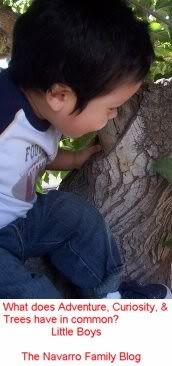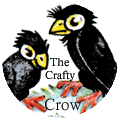I thought I would share a little history and
understanding of The Day of the Dead.
understanding of The Day of the Dead.
 More than 500 years ago, when the Spanish Conquistadors landed in what is now Mexico, they encountered natives practicing a ritual that seemed to mock death.
More than 500 years ago, when the Spanish Conquistadors landed in what is now Mexico, they encountered natives practicing a ritual that seemed to mock death.It was a ritual the indigenous people had been practicing at least 3,000 years. A ritual the Spaniards would try unsuccessfully to eradicate. A ritual known today as Día de los Muertos, or Day of the Dead.
The Aztecs and other Meso-American civilizations kept skulls as trophies and displayed them during the ritual. The skulls were used to symbolize death and rebirth. The skulls were used to honor the dead, whom the Aztecs and other Meso-American civilizations believed came back to visit during the month long ritual. Unlike the Spaniards, who viewed death as the end of life, the natives viewed it as the continuation of life. Instead of fearing death, they embraced it. To them, life was a dream and only in death did they become truly awake.
However, the Spaniards considered the ritual to be sacrilegious. They perceived the indigenous people to be barbaric and pagan. In their attempts to convert them to Catholicism, the Spaniards tried to kill the ritual. But like the old Aztec spirits, the ritual refused to die. To make the ritual more Christian, the Spaniards moved it so it coincided with All Saints' Day and All Souls' Day (Nov. 1 and 2), which is when it is celebrated today. Previously it fell on the ninth month of the Aztec Solar Calendar, approximately the beginning of August, and was celebrated for the entire month.
 Above: Aztec Warrior Dance Below: Aztec Calendar
Above: Aztec Warrior Dance Below: Aztec Calendar Today, people don wooden skull masks called calacas and dance in honor of their deceased relatives. The wooden skulls are also placed on altars that are dedicated to the dead. Sugar skulls, made with the names of the dead person on the forehead, are eaten by a relative or friend.
Today, people don wooden skull masks called calacas and dance in honor of their deceased relatives. The wooden skulls are also placed on altars that are dedicated to the dead. Sugar skulls, made with the names of the dead person on the forehead, are eaten by a relative or friend.Below is Crafty Chica's dedicated shrine in 2006
 The ritual is celebrated in Mexico and certain parts of the United States, including the Valley. Although the ritual has since been merged with Catholic theology, it still maintains the basic principles of the Aztec ritual, such as the use of skulls.
The ritual is celebrated in Mexico and certain parts of the United States, including the Valley. Although the ritual has since been merged with Catholic theology, it still maintains the basic principles of the Aztec ritual, such as the use of skulls.  The best mole made is my Abuelita Regina O. Gonzalez Ayala,
The best mole made is my Abuelita Regina O. Gonzalez Ayala,she serves it with Spanish rice and Cole slaw
(I love the juice from the Cole slaw and her slaw is to die for as well- no pun intended).

May you remember your families and
friends who moved on from this world
and remember happy thoughts and feel peace today.



































No comments:
Post a Comment